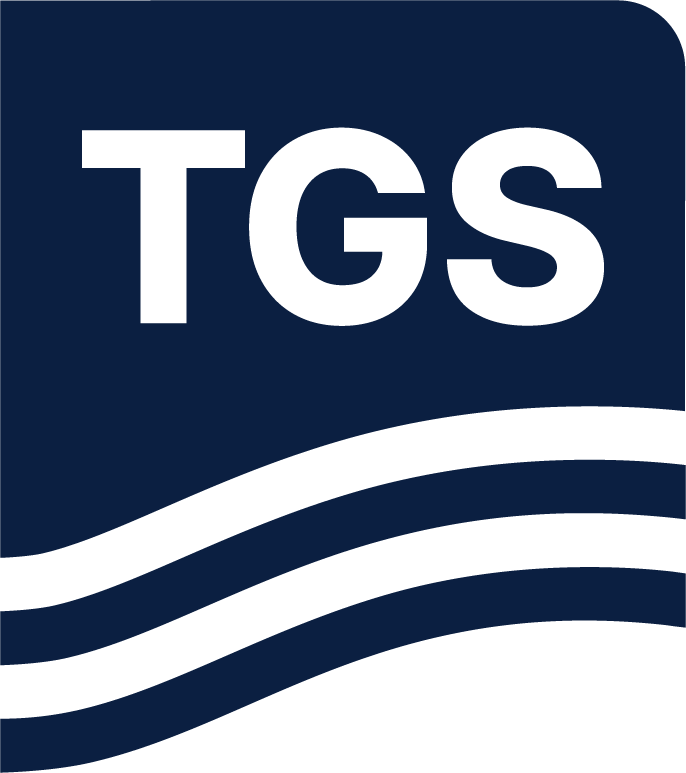Paper Summary
Historically, the practice in velocity model building usually resorted to one of two approaches: the layer-based and the gridded (Jones, 2003). Additionally, in recent years both approaches have relied on dense continuous autopicking of residual velocity error to provide the subsequent inversion process with more reliable input data (Jones, et al, 2000).
For North Sea type environments where sedimentary interfaces delimit changes in the velocity field and the geology ‘lends itself’ to a layer-based model representation, a layer-based approach to velocity model building has hitherto been commonly used. In other words, we have encouraged preconceived bias, as we consider it to be a meaningful geological constraint on the solution.
Conversely, the gridded approach to velocity model building is usually adopted in environments where the velocity regime is decoupled from the sedimentation, and is governed primarily by vertical compaction gradients (velocity increasing with depth), controlled by de-watering, with isovelocity contours sub-paralleling the sea bed.
However, a purely gridded tomographic approach (Hardy, 2003, Sugrue et al, 2004) is sometimes unable to preserve rapid vertical variations in velocity, and moreover, for seismically transparent layers with large velocity contrasts, we still need to constrain the model with interpretational input (Campbell, et al, 2005; Evans et al, 2005). With this in mind, we have here adopted a modification to the purely gridded approach to incorporate layer constraints at major vertical velocity boundaries.

